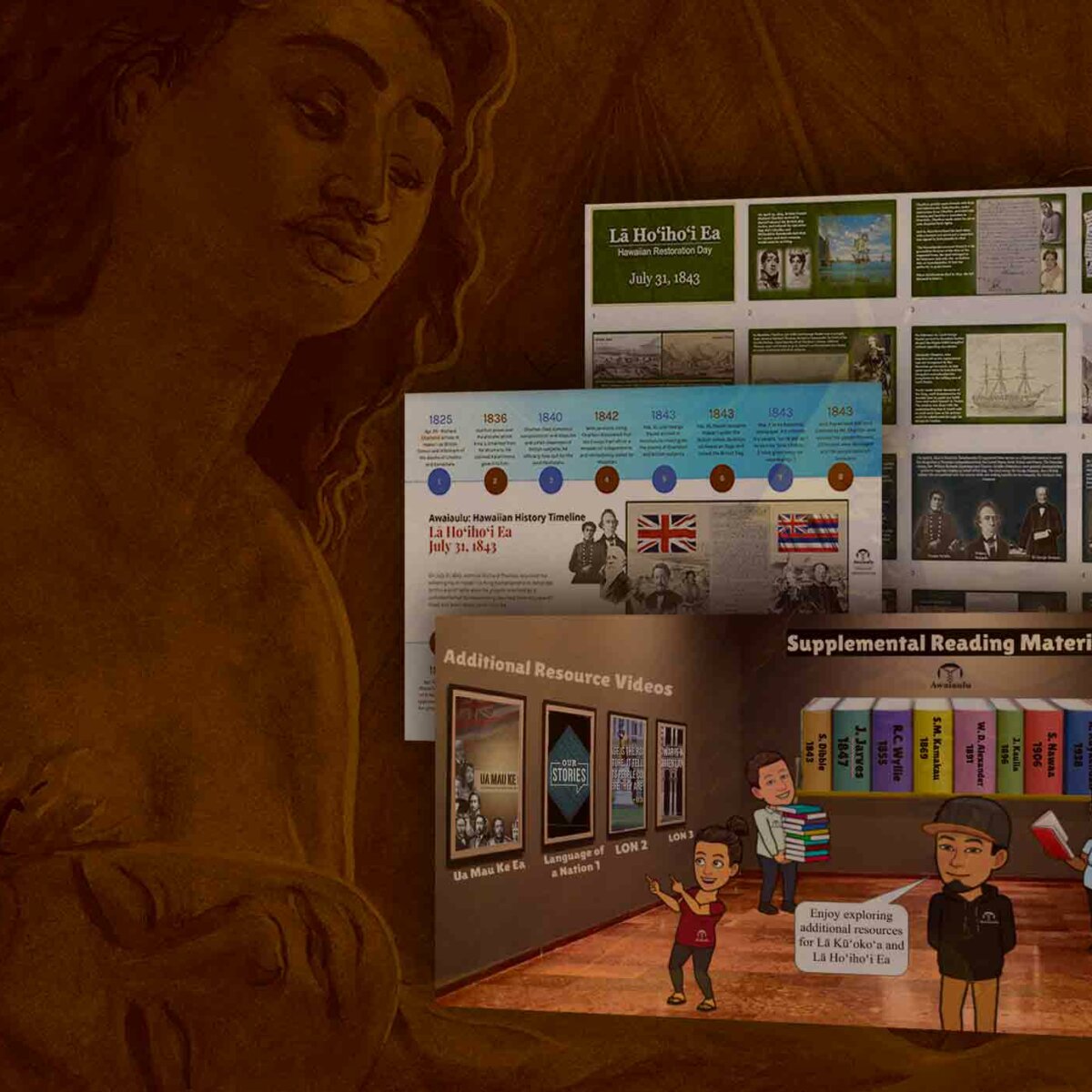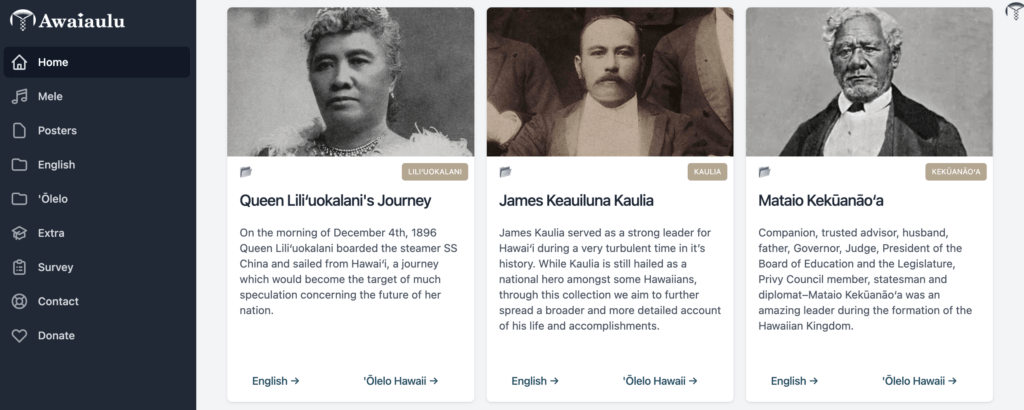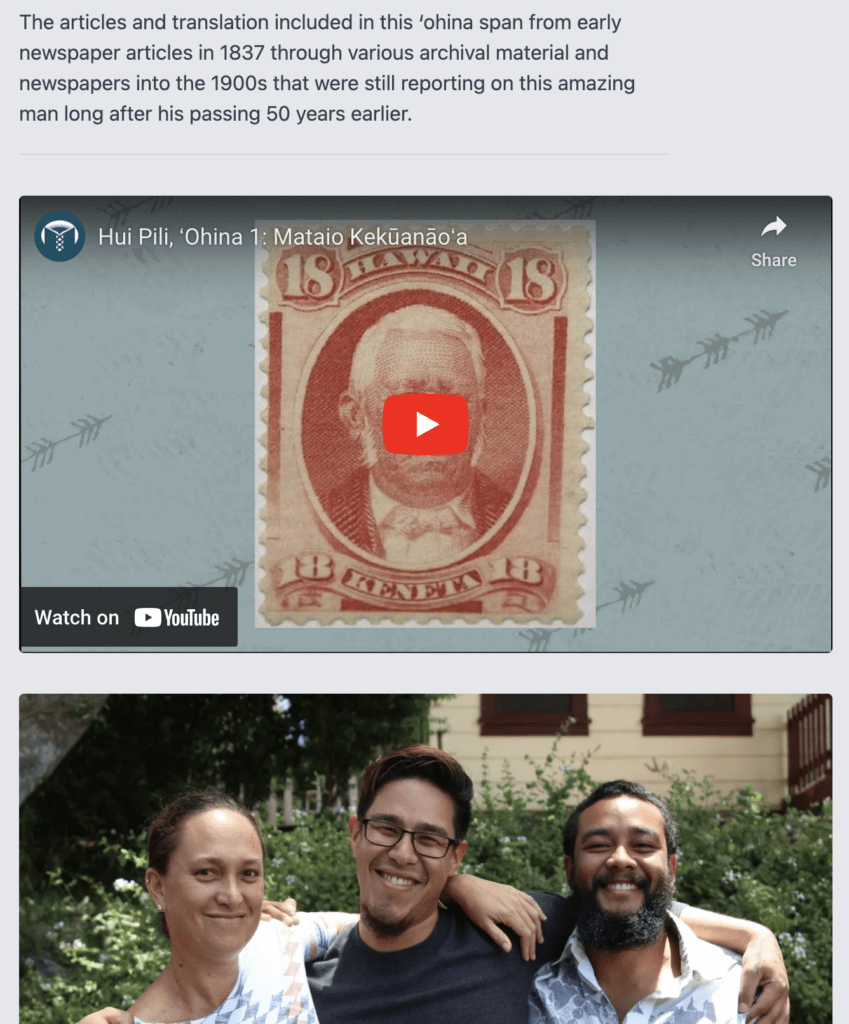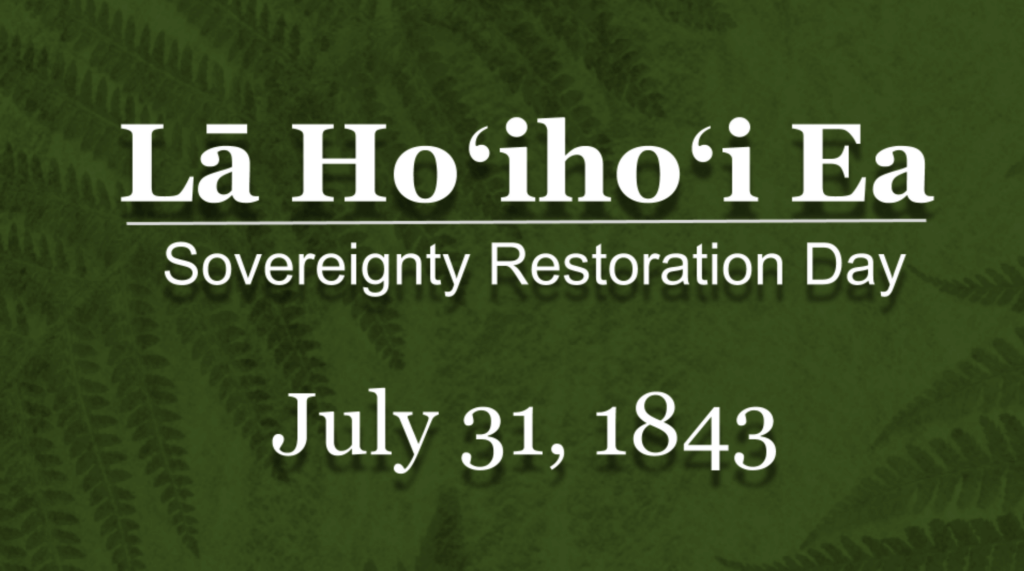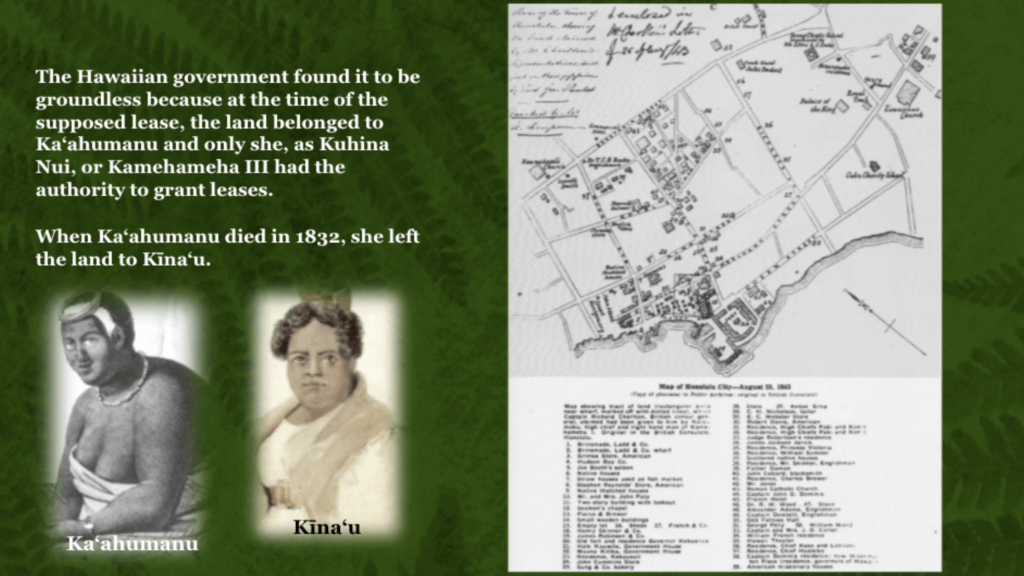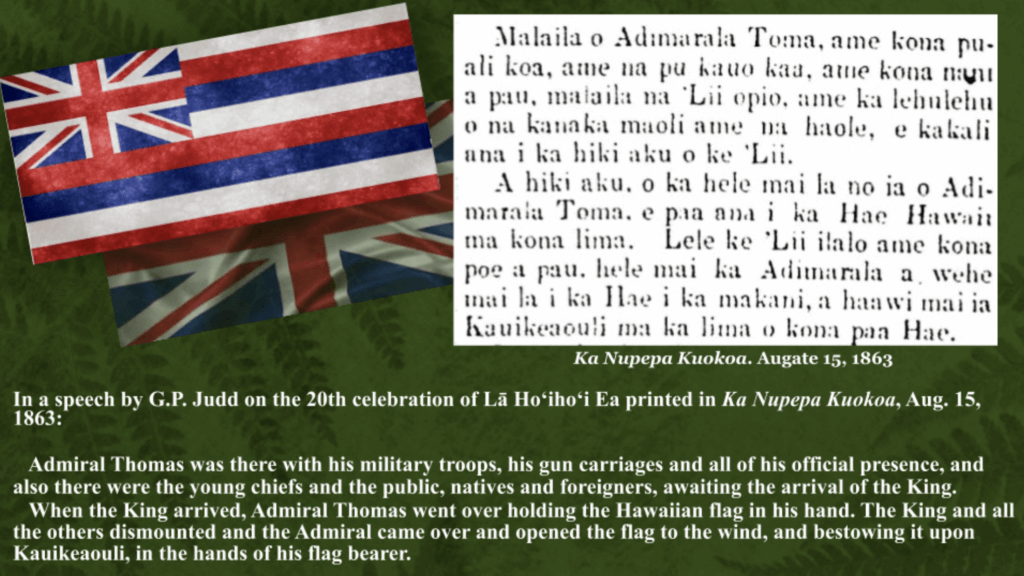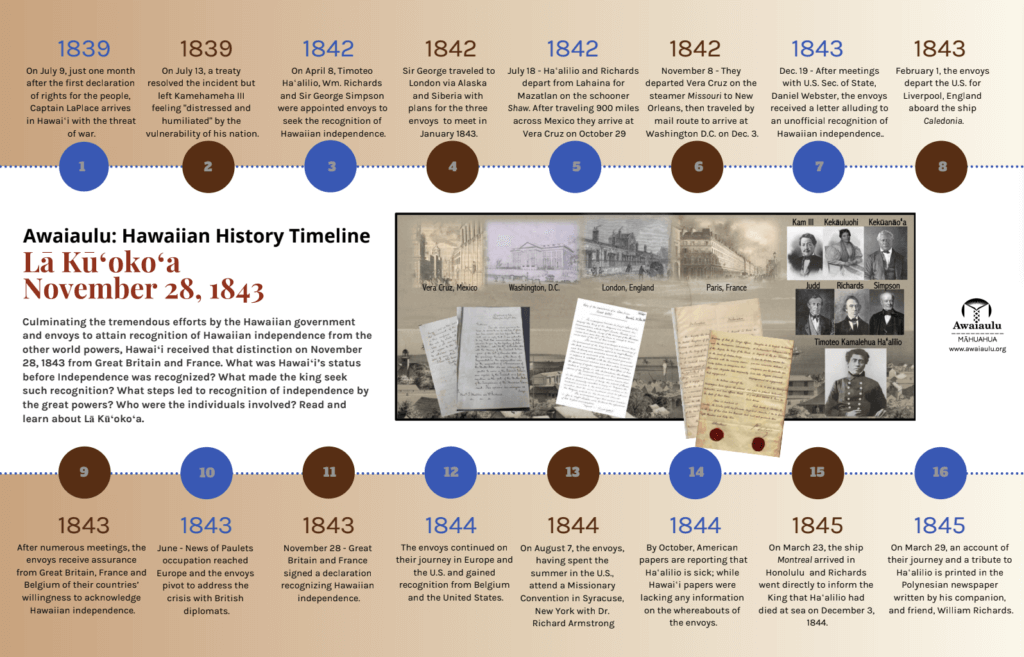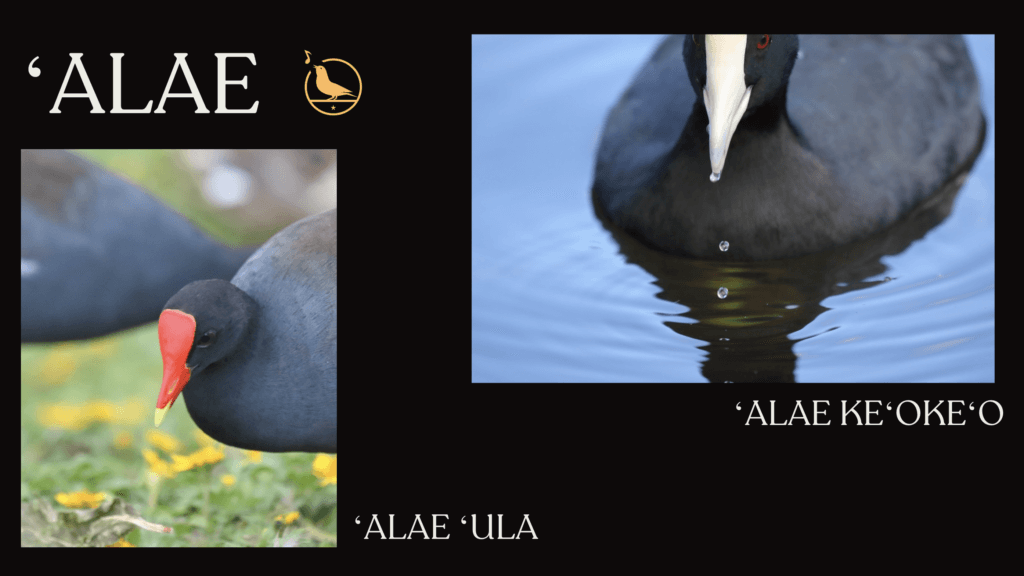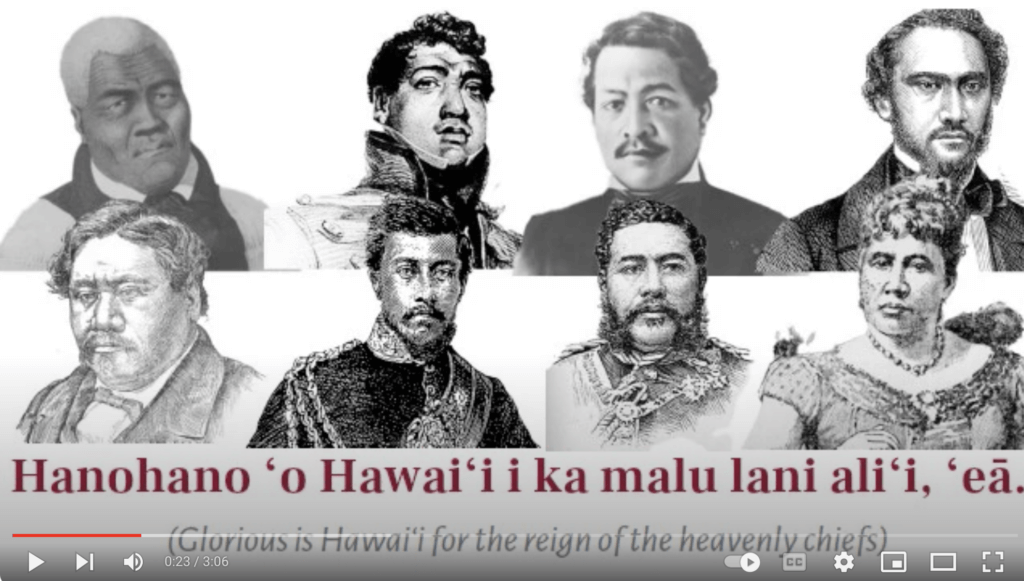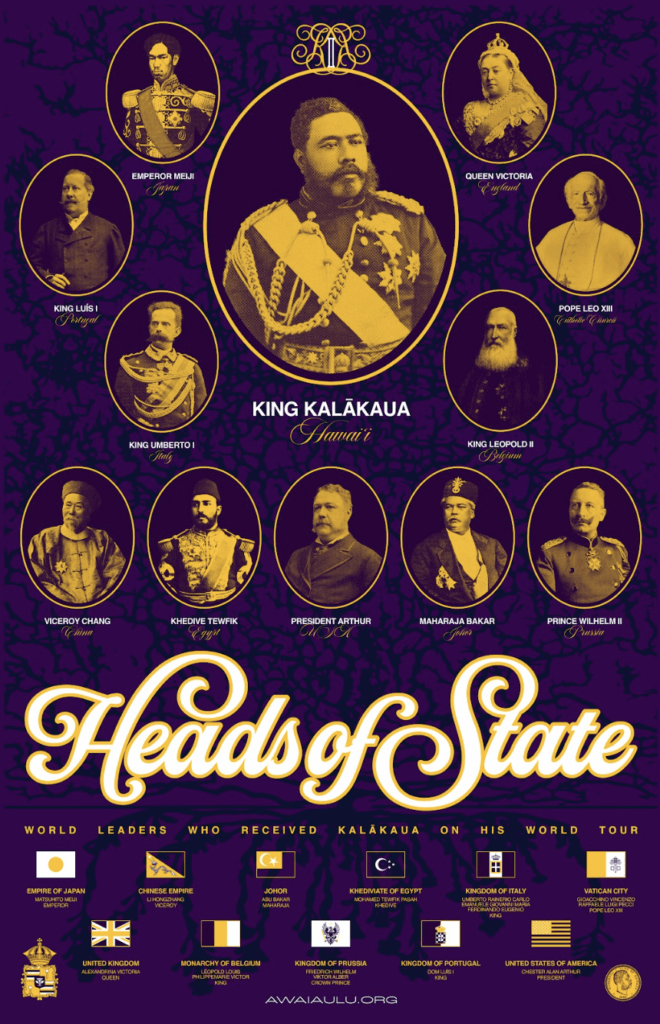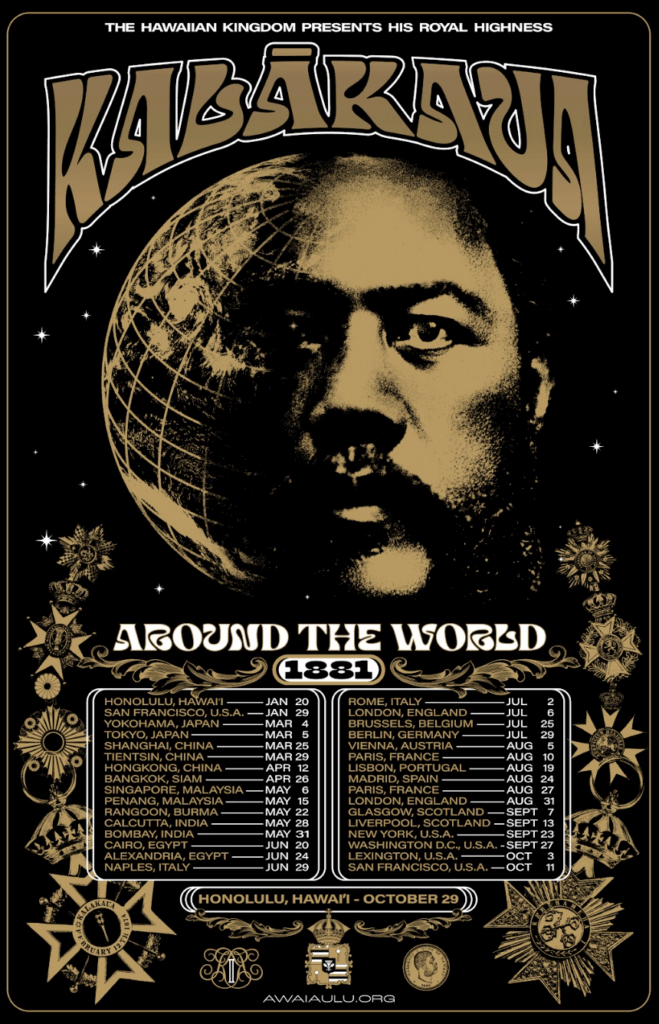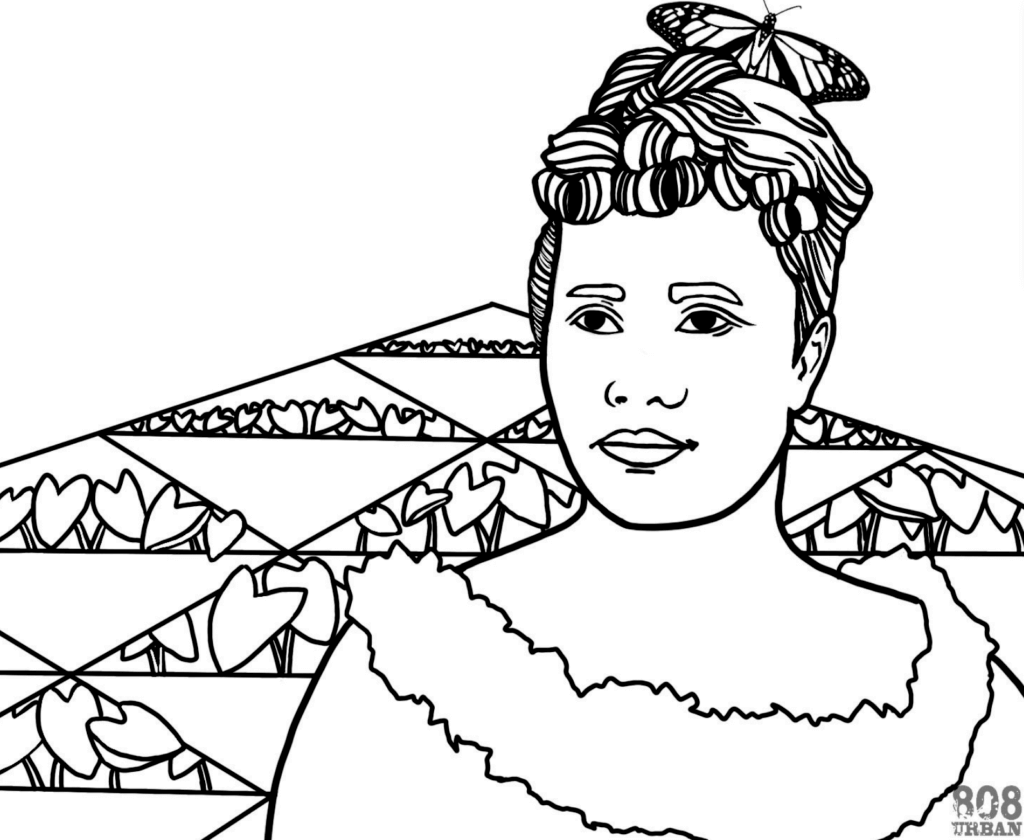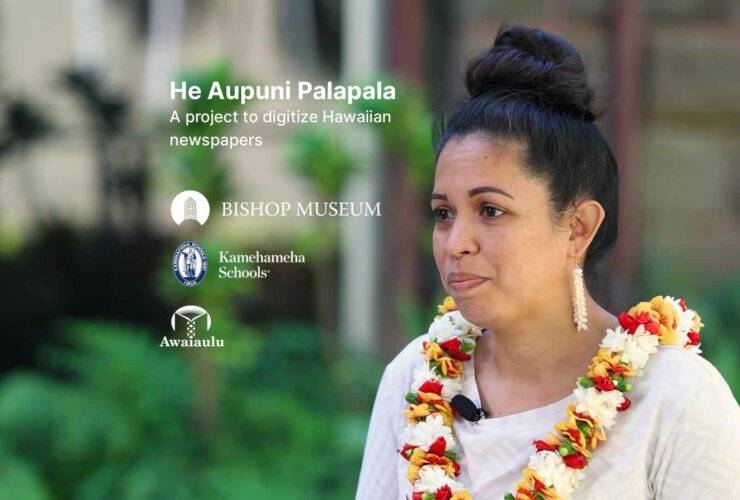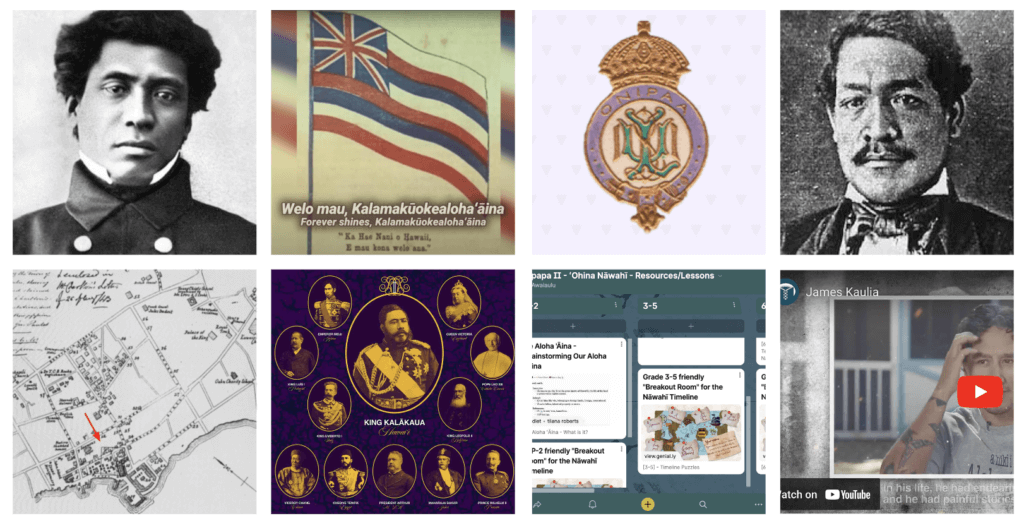
(Updated 1 February 2024)
In response to a need in the educational community for access to data about Hawaiʻi’s history and Hawaiian knowledge, Awaiaulu created Kīpapa Educator Resources, a free digital platform for educational materials in Hawaiian and English. Data from primary resources in Hawaiian and English are used to create support for educators in the classroom and the community.
COLLECTIONS FEATURE
ʻIke Pili — Background Information
Moʻolelo — Narrative Guide
Kaʻina Manawa — Timeline
Papa Kuhikuhi ‘Ohina — Collection Index
Haʻawina — Lessons
Mele — Songs
Puke & Kiʻi Hoʻolaha — Books & Posters
Waihona ʻŌlelo Hawaiʻi — Hawaiian Primary Resources
RESOURCES ARE PROVIDED FOR FOUR LEVELS OF EDUCATION
Preschool to Grade 1
Elementary (Grades 2 to 5)
Middle School (Grades 6 to 8)
Highschool (Grades 9 to 12)
Samples from Kīpapa Educator Resources
(Sign up to access these collections)
COLLECTIONS
Currently, Kīpapa Educator Resources offers 8 collections with a diversity of material and lessons for educators to use in social studies, history, science, math, art, music, language arts, and Hawaiian language.
Free printed classroom posters are available for those who register and fill out the order form in Kīpapa, sent for free to your school. Free original ebooks are available for the James Keauiluna Kaulia, Joseph Nāwahī, and Z. P. Kalokuokamaile collections.
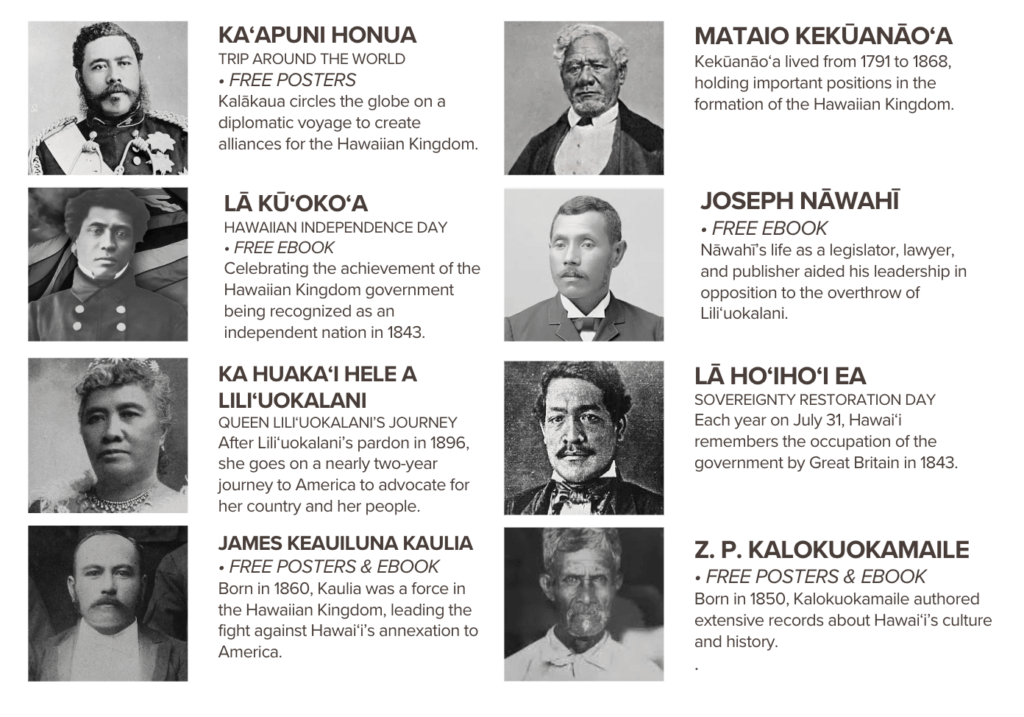
ʻIke Pili — Background Information
Each collection features an ʻIke Pili (Background Information) tab that talks about the creators of the collection and how the collection came to be. For the Mataio Kekūanāoʻa collection, the process of research and compilation is described, with video footage of the process explained by the Awaiaulu team that assembled the work.
Moʻolelo — Narrative Guide
Moʻolelo (Narrative Guides) are offered for educators to familiarize themselves with the contents of each collection in the form of slideshows with visuals for student engagement in the classroom. For the Lā Hoʻihoʻi Ea (Sovereignty Restoration Day) collection, a 31-slide Google Slide presentation is provided to explore events leading up to July 31, 1843, including the official cession of Hawai’i to Great Britain on February 25 of that same year.
Kaʻina Manawa — Timeline
Kaʻina Manawa (Timelines) are offered for each collection. Each are focused on the events covered in the collection, but also provide an infographic to engage students. For the Lā Kūʻokoʻa (Hawaiian Independence Day) collection, events leading up to the declaration recognizing Hawaiian independence, signed by Great Britain and France in 1843, are noted to show the effort of Hawaiian Kingdom emissaries in the plight for national recognition as well as their return to Hawai’i to bring this news to their nation.
Haʻawina — Lessons
Haʻawina (Lessons) provide classroom activities for preschool through highschool. Directions, worksheets, and support material (slide shows, graphics, etc) about the content contained in each collection are provided for educators. In our latest collection about Hawaiian scholar Z. P. Kalokuokamaile, lesson plans look at some of the important natural science information the author provided in his published works in the Hawaiian language newspapers, including long lists of bird taxonomies and place names for Kona, where he resided.
Mele — Songs
Mele (Songs) with words and recordings are offered to support engagement with students and coordinate with content offered in lessons for each collection. Each mele was generated by our Awaiaulu team, either newly composed or drawn from historical texts, and performed by some of Hawaiʻi’s fine musicians. All of the mele from the Kīpapa Educator Resources can be found at the Awaiaulu YouTube Channel. As an example, the mele “Ka Lei Mōʻī” offers the names of each of the eight sovereigns of the Hawaiian Kingdom with details about their deeds or character.
Learn about the 8 monarchs of Hawai’i in “Ka Lei Mōʻī,” written and composed by Puakea Nogelmeier and performed by Kawika Kahiapo.
Papa Kuhikuhi ‘Ohina — Collection Index
Papa Kuhikuhi ‘Ohina (Collections Indexes) are provided for each collection to provide easy access to educators and students who are learning to engage with primary resources in Hawaiian. These are the foundational resources from which each collection is built. Translations of the content of each resource are provided alongside citation data and links to repositories that host these resources. For the Joseph Nāwahī collection, original documents, open access publications, and material from the Hawaiian newspaper translated by Awaiaulu are provided for the content engaged in other parts of the collections, divided into sections matching the timeline.
Puke & Kiʻi Hoʻolaha — Books & Posters
Educators can register and fill out a form in Kīpapa to receive free (including shipping) printed Kiʻi Ho’olaha (Posters) for their classrooms, offered in the Kaʻapuni Honua (Trip Around the World), James Keauiluna Kaulia, and Z. P. Kalokuokamaile collections. Puke (Books) are offered as free ebooks in the collections for James Keauiluna Kaulia, Joseph Nāwahī, and Z. P. Kalokuokamaile. For the Kaʻapuni Honua (Trip Around the World) collection, King Kalākaua’s trip around the world in 1881 is featured on posters showing the rulers of other nations with whom he met as well as the dates and places of travel.
Waihona ʻŌlelo Hawaiʻi — Hawaiian Primary Resources
Waihona ʻŌlelo Hawaiʻi (Hawaiian Primary Resources) are provided for teachers to access resources and assess application for the classroom with ease. In the early stages of research for each collection, Hawaiian language resources are collected to begin development of collections. Because not all of the resources find direct application in each collection, all are kept and listed for educators to access to build upon what’s offered in Kīpapa. English summaries are provided for some of the materials included in this digital repository. For Ka Huakaʻi Hele a Liliʻuokalani (Queen Liliʻuokalani’s Journey), we drew a selection from the large volume of accounts in the Hawaiian newspaper that include information about the voyage of royal diplomacy as well as mele (songs) and oli (chants) meant to honor Liliʻuokalani as Hawaiʻi’s ruler.

